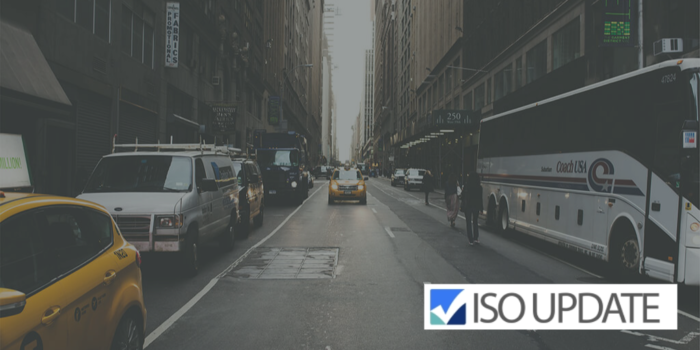The Cost of Quality operates on the premise that companies need to invest in upfront quality and prevention rather than suffer the grave consequences of failed services or product recall. “CoQ” Cost of Quality Equation is a methodology used to determine and consequently measure the number of resources that an organization is using for prevention activities to maintain the consistent quality of a product. Mathematically speaking, the calculation can be showcased as a simple equation where the Cost of Good Quality and the Cost of Poor Quality equals the total Cost of Quality.
CoQ = CoGQ + CoPQ
Effective use of this methodology allows for companies to accurately measure the costs of each factor which aids in identifying problematic sectors. Companies can then allocate resources to improve product and process quality in said areas. According to estimation, the cost of quality amounts to around 15-40% of total business costs; therefore, the methodology provides key information to management in order to maximize the quality of the finished goods/services as well as minimize overall costs. Any analysis done on these factors ensures easy identification of problem areas where there is room for improvement. – Source
Cost of Good Quality (CoGQ)
The first part of the equation, “CoGQ”, includes all the various costs accumulated from prevention steps such as quality planning, developing a Quality Management System, employee training, etc. It also includes costs incurred to maintain an acceptable quality standard, or “Appraisal Costs” which include routine inspections, quality audits, process controls and supplier assessments.
Cost of Poor Quality
The second part of the equation, “CoPQ”, includes both internal failures as well as external failures. Internal Failure costs are associated with defects in a product or service that are identified before it reaches the customer such as machine breakdown due to maintenance failure, re-work on service/product, excessive scrap of waste due to poor process, etc. External Failures, however, are found after the product has already been supplied to the market or customer, these may include repair costs, shipping damage, product returns, warranty claims or customer complaints.
Using this methodology allows your organization to determine the extent of resources used that allow your products to maintain high quality and expectations and allows your organization to determine your potential savings gained from the implementation of your systems. Once established, your quality cost equation should be dynamic, constantly revised and updated to reflect the dynamic nature of your business and its needs. The overall outcome of this evaluation should be positive with its impact not just on your business expenses and quality system, but on your organization’s core mission, values and objectives.


